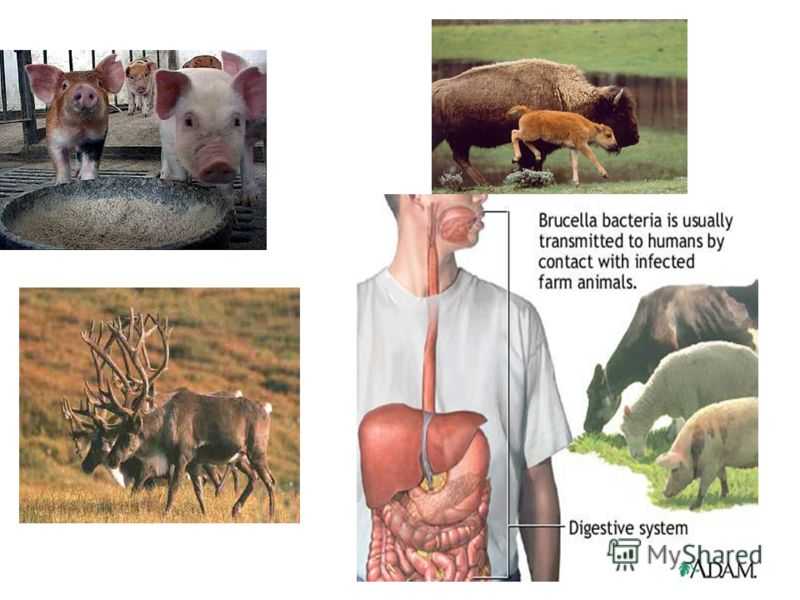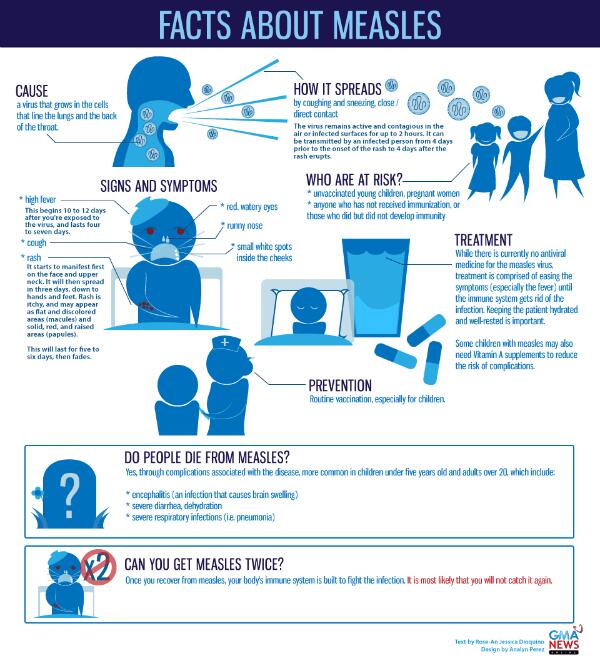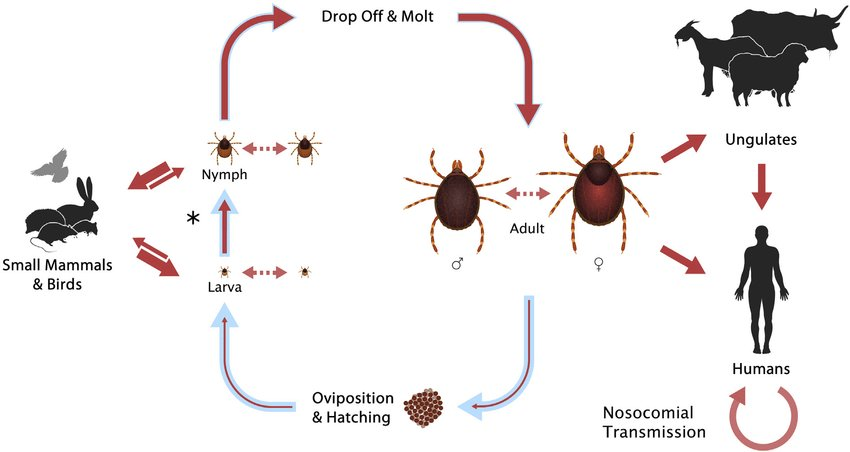How is brucellosis transmitted. Brucellosis Transmission: Key Facts, Prevention, and Control Measures
How is brucellosis transmitted. What are the key facts about brucellosis. Who is at risk of contracting brucellosis. How can brucellosis be prevented and controlled.
Understanding Brucellosis: A Zoonotic Disease
Brucellosis is a bacterial infection caused by various species of Brucella, primarily affecting cattle, swine, goats, sheep, and dogs. This zoonotic disease can be transmitted from animals to humans, posing significant public health concerns in endemic areas. The global prevalence of brucellosis and its impact on both animal and human health make it a reportable disease in most countries.
What is Brucella?
Brucella is a genus of gram-negative bacteria that can infect multiple animal species. The most common species affecting humans include:
- Brucella melitensis (primarily infecting goats and sheep)
- Brucella abortus (mainly found in cattle)
- Brucella suis (affecting swine)
- Brucella canis (infecting dogs)
Among these, Brucella melitensis is the most prevalent species causing human brucellosis worldwide, partly due to the challenges in immunizing free-ranging goats and sheep.
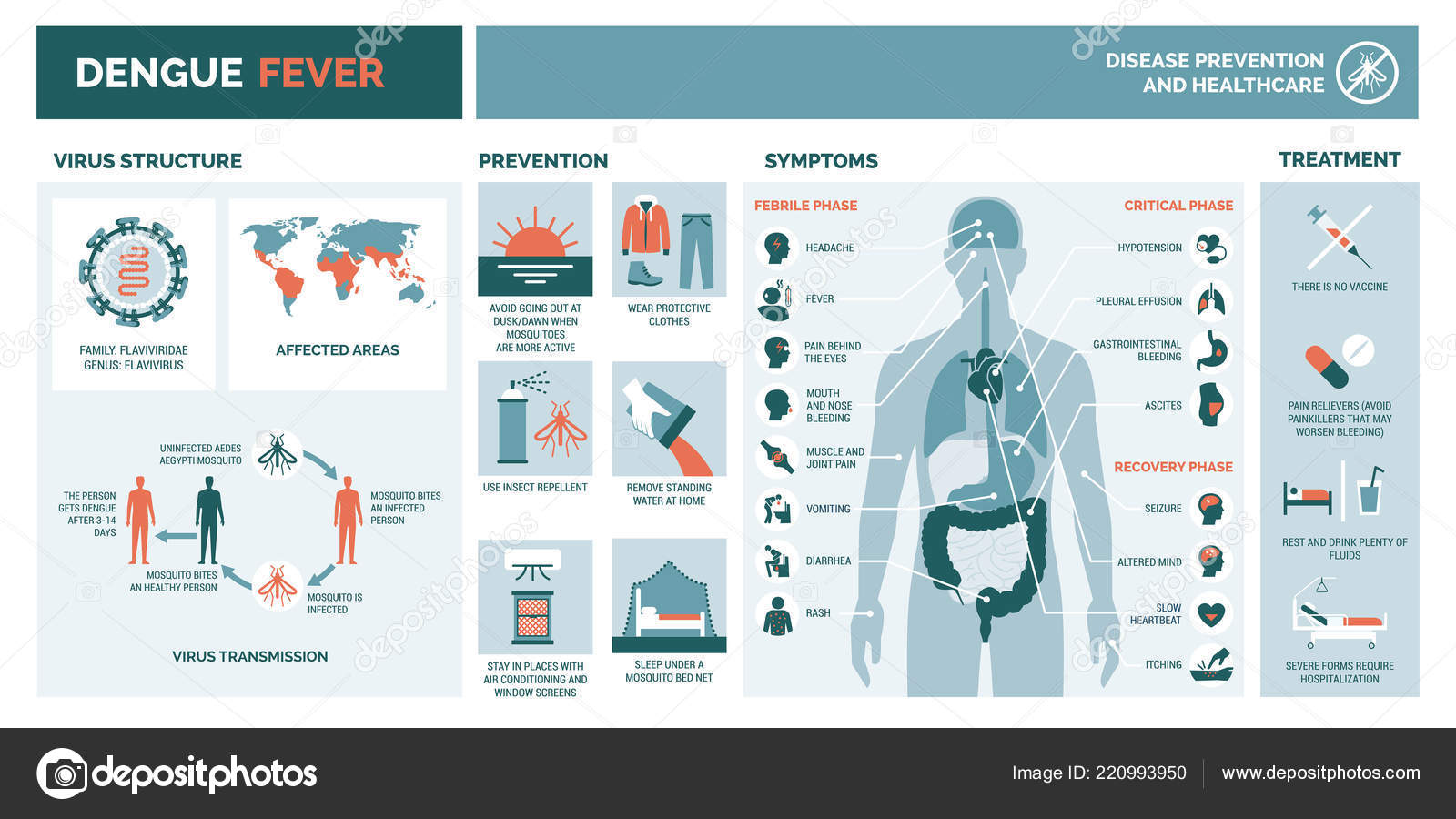
Transmission Routes: How Brucellosis Spreads
Understanding the transmission routes of brucellosis is crucial for implementing effective prevention strategies. The disease can spread through various means, with some routes being more common than others.
Direct Contact with Infected Animals
One of the primary modes of transmission is direct contact with infected animals. This can occur when humans come into contact with:
- Blood
- Placenta
- Fetal tissues
- Uterine secretions
This transmission route primarily affects individuals working in the livestock sector, such as farmers, butchers, hunters, and veterinarians.
Consumption of Contaminated Animal Products
In the general population, most cases of brucellosis are caused by consuming raw or unpasteurized animal products. These include:
- Raw milk
- Fresh cheese
- Other dairy products
Products from infected sheep and goats are the most common sources of infection through this route.
Inhalation of Airborne Agents
Although less common, brucellosis can also be transmitted through inhalation of airborne bacteria. This typically occurs in laboratory settings or in environments where infected animals are present in large numbers.
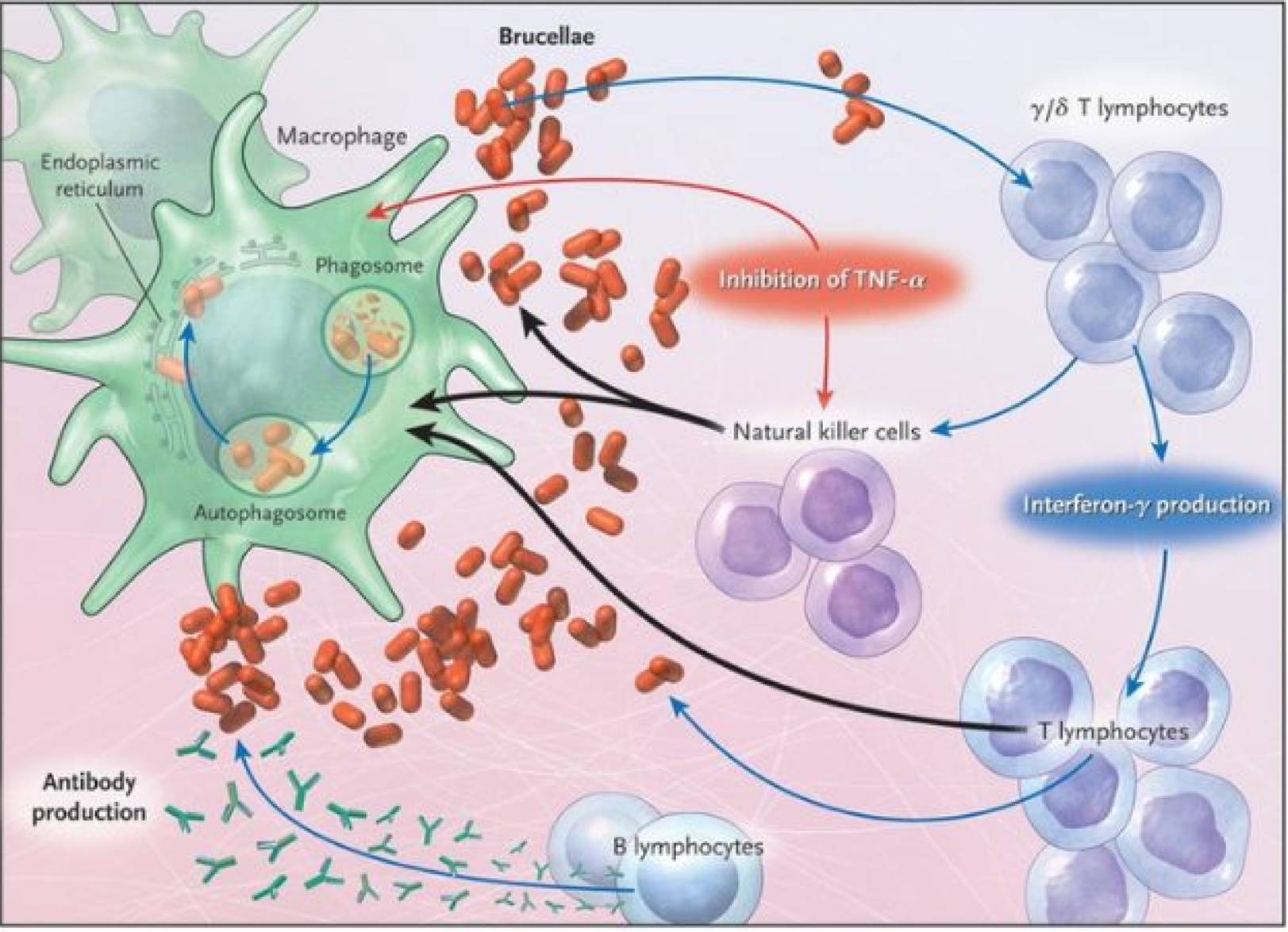
Human-to-Human Transmission
It’s important to note that human-to-human transmission of brucellosis is extremely rare. The disease is primarily spread from animals to humans, making it a true zoonotic infection.
Identifying At-Risk Populations
While brucellosis can affect people of all ages and both sexes, certain groups are at higher risk of contracting the disease due to their occupations or lifestyle factors.
Occupational Hazards
Brucellosis is considered an occupational hazard for individuals working in the following professions:
- Farmers
- Veterinarians
- Slaughterhouse workers
- Butchers
- Laboratory personnel handling Brucella cultures
These individuals are at increased risk due to their frequent contact with potentially infected animals or animal products.
General Population Risks
In the general population, the risk of brucellosis is primarily associated with the consumption of unpasteurized dairy products. This risk is particularly high in areas where brucellosis is endemic in livestock populations.
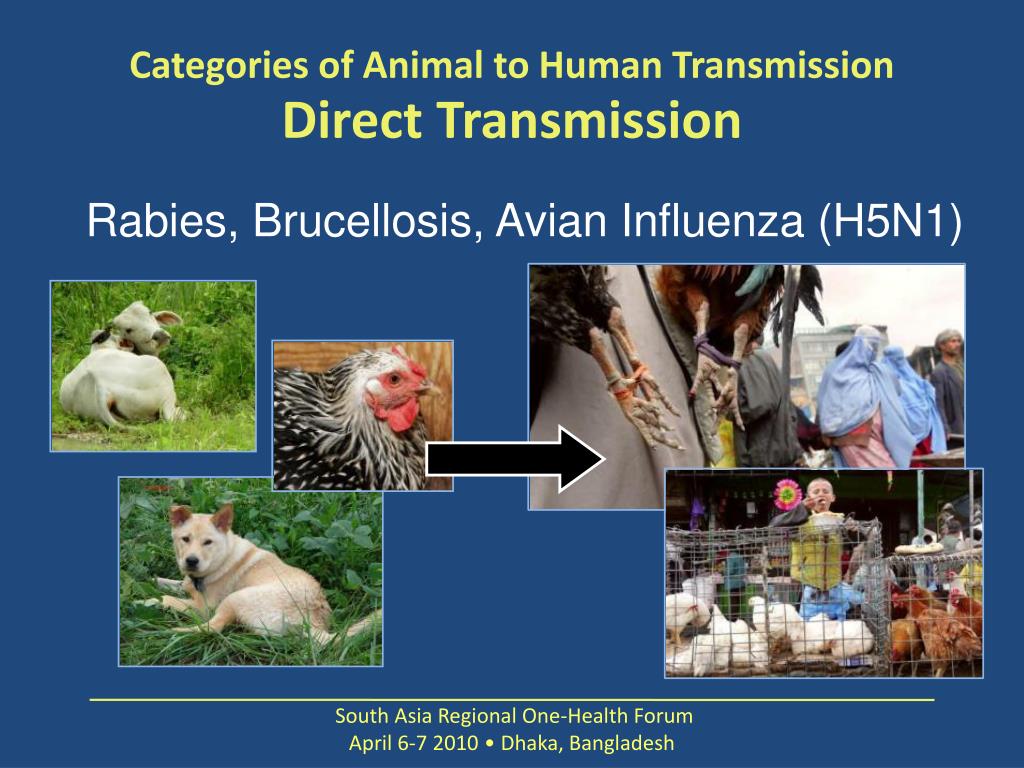
Recognizing Brucellosis Symptoms
Brucellosis can manifest with a range of symptoms, often resembling other infectious diseases. This can make diagnosis challenging, especially in non-endemic areas.
Common Symptoms
The most frequent symptoms of brucellosis include:
- Fever
- Weakness
- Malaise
- Weight loss
- Night sweats
- Joint and muscle pain
These flu-like symptoms can vary in severity and duration, with some cases becoming chronic if left untreated.
Complications
In some cases, brucellosis can lead to more severe complications, affecting various organ systems:
- Endocarditis (inflammation of the heart’s inner lining)
- Arthritis
- Meningitis
- Liver abscesses
- Epididymo-orchitis in males
Prompt diagnosis and treatment are essential to prevent these potentially serious complications.
Prevention Strategies: Reducing Brucellosis Risk
Preventing brucellosis requires a multi-faceted approach, targeting both animal and human populations. Effective prevention strategies focus on surveillance, risk factor mitigation, and public health education.

Animal Health Measures
Controlling brucellosis in animal populations is crucial for reducing human cases. Key strategies include:
- Vaccination of livestock
- Regular testing and culling of infected animals
- Proper disposal of infected animal tissues
- Quarantine measures for new animals introduced to herds
Food Safety Practices
To prevent transmission through contaminated animal products, the following measures are essential:
- Pasteurization of milk and dairy products
- Proper cooking of meat products
- Avoiding consumption of raw or unpasteurized dairy products
Occupational Safety
For individuals working with potentially infected animals or in laboratory settings, protective measures include:
- Use of personal protective equipment (PPE)
- Proper hand hygiene
- Safe handling and disposal of potentially contaminated materials
- Regular health screenings for at-risk workers
Diagnosis and Treatment of Brucellosis
Accurate diagnosis and timely treatment are crucial for managing brucellosis effectively and preventing complications.
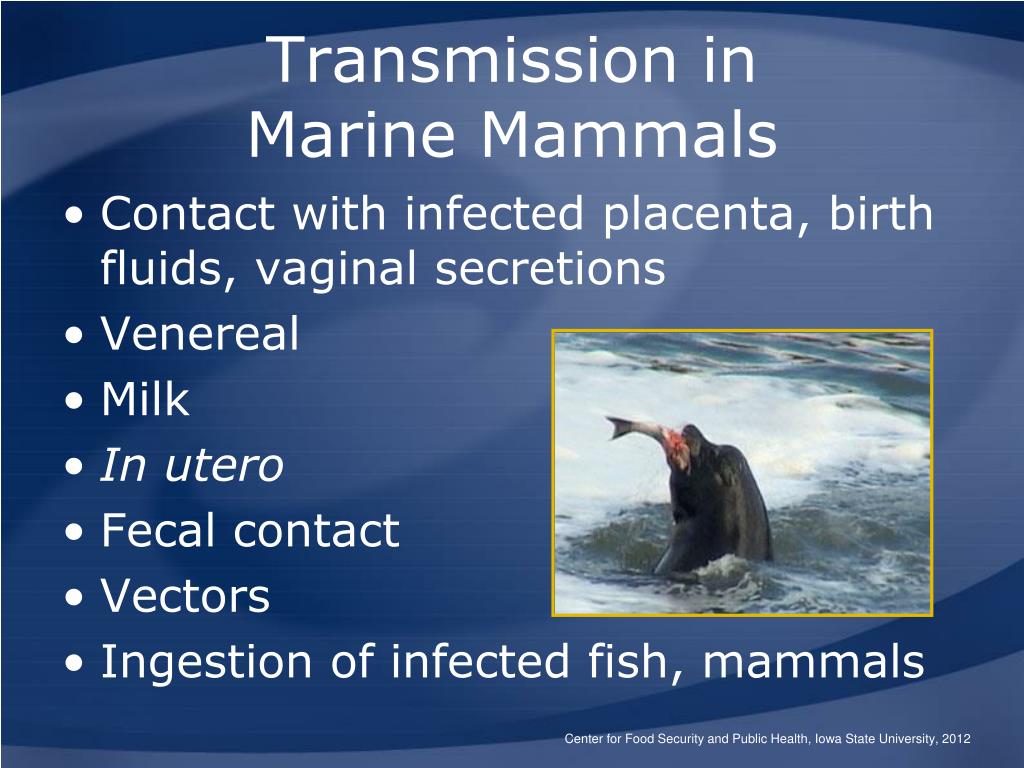
Diagnostic Methods
Diagnosing brucellosis typically involves a combination of clinical assessment and laboratory tests, including:
- Blood cultures
- Serological tests (e.g., Rose Bengal test, ELISA)
- PCR-based molecular diagnostics
The choice of diagnostic method may depend on the stage of infection and available resources.
Treatment Approaches
Brucellosis treatment usually involves a combination of antibiotics administered over an extended period. Common treatment regimens include:
- Doxycycline plus rifampin for 6 weeks
- Doxycycline plus streptomycin for 2-3 weeks
The specific treatment plan may vary based on the patient’s age, pregnancy status, and the presence of complications.
Global Impact and Control Efforts
Brucellosis remains a significant public health challenge worldwide, particularly in developing countries where animal husbandry practices and food safety measures may be less stringent.
Economic Burden
The economic impact of brucellosis is substantial, affecting both human health and livestock productivity. Costs associated with the disease include:

- Medical expenses for human cases
- Loss of livestock productivity
- Implementation of control and eradication programs
International Control Initiatives
Various international organizations, including the World Health Organization (WHO) and the Food and Agriculture Organization (FAO), are working to control brucellosis globally. These efforts focus on:
- Improving surveillance systems
- Enhancing laboratory capacity for diagnosis
- Promoting One Health approaches to disease control
- Supporting national brucellosis control programs
Collaboration between human and animal health sectors is crucial for effective brucellosis control and prevention.
Future Perspectives: Research and Development
Ongoing research and development efforts aim to improve our understanding of brucellosis and enhance prevention and control strategies.
Vaccine Development
Current research focuses on developing more effective vaccines for both animals and humans. Key areas of investigation include:
- Novel vaccine candidates targeting multiple Brucella species
- Improved delivery methods for existing vaccines
- Development of vaccines suitable for use in wildlife reservoirs
Diagnostic Advancements
Efforts to improve brucellosis diagnostics are ongoing, with a focus on:

- Developing rapid, point-of-care tests for field use
- Enhancing the sensitivity and specificity of existing diagnostic methods
- Exploring new biomarkers for early detection of infection
These advancements could significantly improve the speed and accuracy of brucellosis diagnosis, particularly in resource-limited settings.
Epidemiological Studies
Continued epidemiological research is essential for understanding the changing dynamics of brucellosis transmission and identifying emerging risk factors. Areas of focus include:
- Investigating the role of wildlife reservoirs in maintaining Brucella infections
- Assessing the impact of climate change on brucellosis distribution
- Evaluating the effectiveness of various control strategies in different ecological settings
These studies will inform the development of more targeted and effective control programs.
By addressing the challenges posed by brucellosis through a combination of research, public health measures, and international cooperation, we can work towards reducing the global burden of this important zoonotic disease. Continued vigilance, education, and implementation of evidence-based control strategies are essential for protecting both human and animal health from the threats posed by brucellosis.

Brucellosis
Brucellosis
- All topics »
- A
- B
- C
- D
- E
- F
- G
- H
- I
- J
- K
- L
- M
- N
- O
- P
- Q
- R
- S
- T
- U
- V
- W
- X
- Y
- Z
- Resources »
- Fact sheets
- Facts in pictures
- Multimedia
- Publications
- Questions & answers
- Tools and toolkits
- Popular »
- Air pollution
- Coronavirus disease (COVID-19)
- Hepatitis
- Monkeypox
- All countries »
- A
- B
- C
- D
- E
- F
- G
- H
- I
- J
- K
- L
- M
- N
- O
- P
- Q
- R
- S
- T
- U
- V
- W
- X
- Y
- Z
- Regions »
- Africa
- Americas
- South-East Asia
- Europe
- Eastern Mediterranean
- Western Pacific
- WHO in countries »
- Statistics
- Cooperation strategies
- Ukraine emergency
- All news »
- News releases
- Statements
- Campaigns
- Commentaries
- Events
- Feature stories
- Speeches
- Spotlights
- Newsletters
- Photo library
- Media distribution list
- Headlines »
- Focus on »
- Afghanistan crisis
- COVID-19 pandemic
- Northern Ethiopia crisis
- Syria crisis
- Ukraine emergency
- Monkeypox outbreak
- Greater Horn of Africa crisis
- Latest »
- Disease Outbreak News
- Travel advice
- Situation reports
- Weekly Epidemiological Record
- WHO in emergencies »
- Surveillance
- Research
- Funding
- Partners
- Operations
- Independent Oversight and Advisory Committee
- WHO’s Health Emergency Appeal 2023
- Data at WHO »
- Global Health Estimates
- Health SDGs
- Mortality Database
- Data collections
- Dashboards »
- COVID-19 Dashboard
- Triple Billion Dashboard
- Health Inequality Monitor
- Highlights »
- Global Health Observatory
- SCORE
- Insights and visualizations
- Data collection tools
- Reports »
- World Health Statistics 2022
- COVID excess deaths
- DDI IN FOCUS: 2022
- About WHO »
- People
- Teams
- Structure
- Partnerships and collaboration
- Collaborating centres
- Networks, committees and advisory groups
- Transformation
- Our Work »
- General Programme of Work
- WHO Academy
- Activities
- Initiatives
- Funding »
- Investment case
- WHO Foundation
- Accountability »
- Audit
- Programme Budget
- Financial statements
- Programme Budget Portal
- Results Report
- Governance »
- World Health Assembly
- Executive Board
- Election of Director-General
- Governing Bodies website
- Member States Portal
- Home/
- Newsroom/
- Fact sheets/
- Detail/
- Brucellosis
ILRI/Stevie Mann
Villager and calf share milk from cow in Rajasthan, India
©
Credits
“,”datePublished”:”2020-07-29T13:19:00. 0000000+00:00″,”image”:”https://www.who.int/images/default-source/departments/ntd-library/brucellosis/4189986967-f88b95458f-k.jpg?sfvrsn=8dda3d7e_16″,”publisher”:{“@type”:”Organization”,”name”:”World Health Organization: WHO”,”logo”:{“@type”:”ImageObject”,”url”:”https://www.who.int/Images/SchemaOrg/schemaOrgLogo.jpg”,”width”:250,”height”:60}},”dateModified”:”2020-07-29T13:19:00.0000000+00:00″,”mainEntityOfPage”:”https://www.who.int/news-room/fact-sheets/detail/brucellosis”,”@context”:”http://schema.org”,”@type”:”Article”};
0000000+00:00″,”image”:”https://www.who.int/images/default-source/departments/ntd-library/brucellosis/4189986967-f88b95458f-k.jpg?sfvrsn=8dda3d7e_16″,”publisher”:{“@type”:”Organization”,”name”:”World Health Organization: WHO”,”logo”:{“@type”:”ImageObject”,”url”:”https://www.who.int/Images/SchemaOrg/schemaOrgLogo.jpg”,”width”:250,”height”:60}},”dateModified”:”2020-07-29T13:19:00.0000000+00:00″,”mainEntityOfPage”:”https://www.who.int/news-room/fact-sheets/detail/brucellosis”,”@context”:”http://schema.org”,”@type”:”Article”};
Key facts
- Brucellosis is found globally and is a reportable disease in most countries
- The disease causes flu-like symptoms, including fever, weakness, malaise and weight loss
- Person-to-person transmission is rare
- Brucellosis is a bacterial disease caused by various Brucella species, which mainly infect cattle, swine, goats, sheep and dogs
Brucellosis is a bacterial disease caused by various Brucella species, which mainly infect cattle, swine, goats, sheep and dogs. Humans generally acquire the disease through direct contact with infected animals, by eating or drinking contaminated animal products or by inhaling airborne agents. Most cases are caused by ingesting unpasteurized milk or cheese from infected goats or sheep.
Humans generally acquire the disease through direct contact with infected animals, by eating or drinking contaminated animal products or by inhaling airborne agents. Most cases are caused by ingesting unpasteurized milk or cheese from infected goats or sheep.
Brucellosis is one of the most widespread zoonoses transmitted by animals and in endemic areas, human brucellosis has serious public health consequences. Expansion of animal industries and urbanization, and the lack of hygienic measures in animal husbandry and in food handling, partly account for brucellosis remaining a public health hazard.
Who is at risk?
Brucellosis is found globally and is a reportable disease in most countries. It affects people of all ages and both sexes. In the general population, most cases are caused by the consumption of raw milk or its derivatives such as fresh cheese. Most of these cases are from sheep and goat products.
The disease is also considered an occupational hazard for people who work in the livestock sector. People who work with animals and are in contact with blood, placenta, foetuses and uterine secretions have an increased risk of contracting the disease. This method of transmission primarily affects farmers, butchers, hunters, veterinarians and laboratory personnel.
People who work with animals and are in contact with blood, placenta, foetuses and uterine secretions have an increased risk of contracting the disease. This method of transmission primarily affects farmers, butchers, hunters, veterinarians and laboratory personnel.
Worldwide, Brucella melitensis is the most prevalent species causing human brucellosis, owing in part to difficulties in immunizing free-ranging goats and sheep.
Human-to-human transmission is very rare.
Prevention and control
Prevention of brucellosis is based on surveillance and the prevention of risk factors. The most effective prevention strategy is the elimination of infection in animals. Vaccination of cattle, goats and sheep is recommended in enzootic areas with high prevalence rates. Serological or other testing and culling can also be effective in areas with low prevalence. In countries where eradication in animals through vaccination or elimination of infected animals is not feasible, prevention of human infection is primarily based on raising awareness, food-safety measures, occupational hygiene and laboratory safety.
Pasteurization of milk for direct consumption and for creating derivatives such as cheese is an important step to preventing transmission from animals to humans. Education campaigns about avoiding unpasteurized milk products can be effective, as well as policies on its sale.
In agricultural work and meat-processing, protective barriers and correct handling and disposal of afterbirths, animal carcasses and internal organs is an important prevention strategy.
Treatment and care
Brucellosis typically causes flu-like symptoms, including fever, weakness, malaise and weight loss. However, the disease may present in many atypical forms. In many patients the symptoms are mild and, therefore, the diagnosis may not be considered. The incubation period of the disease can be highly variable, ranging from 1 week to 2 months, but usually 2–4 weeks.
Treatment options include doxycycline 100 mg twice a day for 45 days, plus streptomycin 1 g daily for 15 days. The main alternative therapy is doxycycline at 100 mg, twice a day for 45 days, plus rifampicin at 15mg/kg/day (600-900mg) for 45 days. Experience suggests that streptomycin may be substituted with gentamicin 5mg/kg/daily for 7–10 days, but no study directly comparing the two regimes is currently available. The optimal treatment for pregnant women, neonates and children under 8 is not yet determined; for children, options include trimethoprim/sulfamethoxazole (co-trimoxazole) combined with an aminoglycoside (streptomycin, gentamycin) or rifampicin.
Experience suggests that streptomycin may be substituted with gentamicin 5mg/kg/daily for 7–10 days, but no study directly comparing the two regimes is currently available. The optimal treatment for pregnant women, neonates and children under 8 is not yet determined; for children, options include trimethoprim/sulfamethoxazole (co-trimoxazole) combined with an aminoglycoside (streptomycin, gentamycin) or rifampicin.
WHO response
WHO provides technical advice to member states through provision of standards, information and guidance for the management of brucellosis in humans and animals. The Organization works to support the coordination and sharing of information between the public health and animal health sectors. In collaboration with the Food and Agricultural Organization of the United Nations (FAO), the World Organisation for Animal Health (OIE) and the Mediterranean Zoonoses Control Programme (MZCP), WHO supports countries in the prevention and management of the disease through the Global Early Warning System for Major Animal Diseases (GLEWS).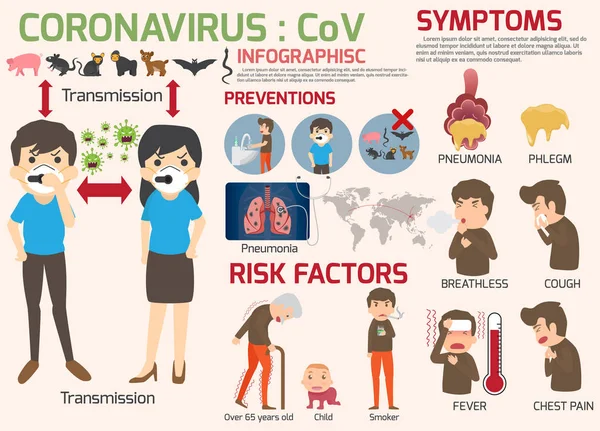
Surveillance | Brucellosis | CDC
- Case Definition
- Historic CDC Surveillance Data
- Case Reporting
- Case Notification
- Data Submission
Disease surveillance is a cornerstone of public health practice, enabling early detection, rapid characterization, and efficient response to public health threats like brucellosis. Healthcare providers and public health practitioners are key partners in effective brucellosis surveillance.
Brucellosis Case Definition
The brucellosis surveillance case definition, available at the National Notifiable Diseases Surveillance System (NNDSS) site, provides a set of uniform criteria used to define the disease for public health surveillance. This definition enables public health officials to classify and count cases consistently across jurisdictions.
Historic CDC Surveillance Data
CDC maintains brucellosis surveillance data that are published weekly and annually. These data are available in the NNDSS notifiable infectious disease data tables data tables.
These data are available in the NNDSS notifiable infectious disease data tables data tables.
Case Reporting
Brucellosis is a reportable condition in all states and territories. Brucellosis cases must be reported to jurisdictions when identified by a healthcare provider, hospital, or laboratory. Specific reporting requirements – including who must report, how to report, and timing of report – may vary by jurisdiction.
Case Notification
Brucellosis is a nationally notifiable condition (NNC). In 2009, the Council of State and Territorial Epidemiologists (CSTE)external icon developed criteria pdf icon[PDF – 44 KB] for timeliness of NNC case notifications. CSTE requests the following notifications pdf icon[PDF – 13 KB]external icon for confirmed or probable brucellosis cases, dependent on the situation:
Immediate, Urgent: Notification within 24 hours
- Notification criteria: In the event of multiple brucellosis cases, temporally or spatially clustered.

- What to do: The state/territorial epidemiologist (or delegate) should call the CDC Emergency Operations Center (EOC) within 24 hours of knowing the notification criteria are met.
- A CDC subject matter expert (SME) will call back within 4 hours and send written or email confirmation that the case notification was received by CDC.
- Electronic transmission to NNDSS should be completed by the next regularly scheduled transmission cycle (see Data Submission below).
- Changes in case classification should also be submitted by the next regularly scheduled transmission cycle.
Following immediate, urgent notification:
- For subsequent epidemiologically linked cases: The state/territorial epidemiologist (or delegate) should directly notify the CDC staff who responded to the initial notification, rather than contacting the CDC EOC.
- If a patient is determined to meet case classification criteria during a discussion with CDC, additional notification to the CDC EOC is not needed.

Standard: Notification by electronic transmission
- Notification criteria: In the event of brucellosis cases that are NOT temporally or spatially clustered.
- Electronic transmission to NNDSS should be completed by the next regularly scheduled transmission cycle (see Data Submission).
- Changes in case classification should also be submitted by the next regularly scheduled transmission cycle.
Data Submission
National-level monitoring of notifiable conditions helps protect the health of the nation. Information from surveillance notifications shared by health departments can be used to better understand disease occurrence, impacted populations, and appropriate prevention and response strategies.
If a patient meets probable or confirmed case criteria, CSTE requests that general information about the patient and disease be submitted to NNDSS using NETSS messages or the generic message mapping guide. For timeliness of electronic reporting, see Case Notification, above.
For timeliness of electronic reporting, see Case Notification, above.
At this time, additional disease-specific (extended) data for brucellosis cases can be shared separately through the following channels:
- Brucellosis case report form (CRF)
The case report form is available in English as a fillable PDF form that can be completed electronically or can be printed and completed by hand. Completed forms can be emailed, faxed, or mailed to CDC.
Brucellosis Case Report Form pdf icon[PDF – 1086 KB, Print and Fillable PDF]
- Bacterial Special Pathogens Branch (BSPB) DCIPHER Portal
DCIPHER is a web-based data integration platform that is used by several CDC programs. CDC is now also using this platform for brucellosis surveillance, linking case data to CDC laboratory and NNDSS data.
DCIPHER features fillable forms, and point-and-click visualization and tabulation tools. These tools can be used by CDC and jurisdictions to rapidly aggregate and visualize case data, share visualizations and simple analyses, and link case data with other data sources to gain regional or national perspectives on outbreaks, other public health events, and surveillance.
Access to the BSPB DCIPHER portal is granted via SAMS credentialing. Options for data submission using DCIPHER include:
- Direct entry into a web-based form, similar to the existing CRFs
- Submission of a data extract from a jurisdictional surveillance system as a CSV file. Submitters can upload the CSV file directly into DCIPHER, via a SAMS folder, or send using another secure method
Jurisdictions may benefit from using the visualization and tabulation tools within DCIPHER, and can access the BSPB DCIPHER portal regardless of which method they choose to share disease-specific surveillance data.
To request DCIPHER access, for more information about the system, or if there are other surveillance-related questions, contact BSPB at [email protected].
Brucellosis: symptoms, diagnosis, treatment
In contact with animals or with thermally unprocessed products of animal origin, there is a risk of infection with brucellosis. This infectious disease affects many human organs and systems and easily becomes chronic with frequent relapses./cdn.vox-cdn.com/uploads/chorus_asset/file/19865782/Symptoms.jpg)
General information about infection
The causative agent of brucellosis is the bacterium Brucella, the main reservoir for which are domestic and wild animals and birds. Human infection occurs through contact with an infected animal. Ways of transmission of brucellosis – small wounds on the skin or mucous membranes, the digestive tract when eating animal products, the respiratory tract when inhaling air with infected dust.
Human infection is possible only from an animal. The existence of tick-borne brucellosis has not been proven – so far not a single case of transmission of this infection through tick bites has been recorded.
Brucella can be found not only in the body of animals, but also on their fur, in milk and even in frozen meat, as well as in the soil, where they enter with the feces of animals. The bacterium is excellently adapted to adverse conditions, remaining viable at low temperatures and in the absence of moisture from one and a half months to six months. However, it dies within half an hour when heated to 60 ° C, and when boiled, it is destroyed instantly. Therefore, eating animal products after heat treatment is completely safe.
However, it dies within half an hour when heated to 60 ° C, and when boiled, it is destroyed instantly. Therefore, eating animal products after heat treatment is completely safe.
Symptoms of disease
Between the penetration of bacteria into the body and the appearance of the first signs of brucellosis, at least a week passes, sometimes the incubation period lasts up to two months, but its most frequent duration is two weeks. Symptoms develop gradually and include:
- severe increase in body temperature up to 38-39°C, accompanied by chills and fever;
- increased sweating, especially during nocturnal sleep;
- a sharp decline in strength, a feeling of weakness;
- the appearance of pain in the joints of the limbs, tingling in different parts of the body.
The listed symptoms of brucellosis can be undulating in nature: gradually increase and intensify, then decrease and disappear for a while. The disease is systemic in nature and affects the human musculoskeletal system, nervous system and reproductive organs, provoking the development of concomitant ailments.
Pathogenesis
The development of brucellosis in humans goes through several stages.
- Lymphogenic – bacteria penetrate the lymphatic system and occupy the lymph nodes with the lymph flow, without leading to their enlargement.
- Hematogenous drift – having penetrated into the circulatory system, bacteria release toxins that act on nerve fibers through the blood.
- Acute brucellosis – with the bloodstream, bacteria penetrate into the tissues of various organs, forming secondary foci of infection in the form of granulomas, and sometimes inflammatory abscesses.
- Exofocal contamination – new foci of infection appear, an allergic reaction to unfavorable factors develops in the body, chronic brucellosis is formed, which lasts for several years with numerous relapses;
- Residual effects – the final stage of the disease, which is characterized by deformation of bone tissue and joints, allergic manifestations and disorders of the nervous system, which are usually irreversible.

After the end of the disease, the patient develops temporary immunity, the duration of which is from six months to five years, after which the person can again become infected.
Infection detection
The technique for diagnosing brucellosis is well developed and is based on laboratory tests aimed at identifying the pathogen, which include:
- general blood test;
- biochemical blood test;
- bakposev biomaterials;
- serological examination;
- blood test for detection of antigens;
- PCR test for Brucella DNA;
- Brucella antibody testing.
In addition, to detect pathological changes in the patient’s body, ultrasound and x-ray studies of damaged organs may be needed.
How to treat brucellosis
Antibiotics are prescribed for the treatment of acute brucellosis. When the disease becomes chronic, these drugs cease to be effective, immunoglobulins with anti-brucellosis antibodies and vaccines with killed bacteria have a much more pronounced effect. Supportive and strengthening therapy is important – ultraviolet irradiation sessions, taking vitamin complexes, etc. When an allergic reaction occurs, antiallergic drugs are prescribed. During the recovery period, a visit to balneological resorts with radon and sulfur-radon waters is shown.
Supportive and strengthening therapy is important – ultraviolet irradiation sessions, taking vitamin complexes, etc. When an allergic reaction occurs, antiallergic drugs are prescribed. During the recovery period, a visit to balneological resorts with radon and sulfur-radon waters is shown.
How to prevent illness
Unfortunately, the development of an effective long-acting vaccine that prevents the development of infection in humans has proved impossible. However, subject to simple measures to prevent brucellosis, it is quite possible to avoid the disease. For this you need:
- boil or pasteurize milk before eating;
- avoid dry-cured meat products;
- observe hygiene rules, wash hands after contact with animals, agricultural workers wear protective gloves;
- to vaccinate livestock, since the brucellosis vaccine for animals has long been developed, and in countries that practice blanket vaccination of livestock, this disease has practically disappeared.

In case of contact with an infected animal, it is necessary to monitor the state of health for at least six months, periodically taking tests for the presence of bacteria in biomaterials.
Frequently Asked Questions
Is brucellosis transmitted from person to person?
Medicine excludes the possibility of transferring brucellosis from person to person, since the bacterium cannot enter the body by airborne droplets or by contact. There are some data on the ways of brucellosis infection of infants through mother’s milk and fetus from a pregnant mother.
Why is brucellosis dangerous for humans?
Brucellosis is a severe infection, the main danger of which is the negative impact of the toxin released by bacteria on human organs and systems. The most common complications are endocarditis, the main cause of death from this infection, arthritis leading to deformity of the joints and bones, inflammation of the reproductive organs, liver and spleen, and infections of the nervous system.
Is there a cure for brucellosis today?
Modern medicine has the ability to completely cure patients with brucellosis, but only if the patient consults a doctor. Timely detection of the disease allows you to provide all the necessary assistance at an early stage and prevent the development of serious complications.
Brucellosis: symptoms, diagnosis, treatment
Bang and Traum’s disease, Bruce’s septicemia, Mediterranean, goat, Crimean fever – all these intricate terms hide one socially significant infectious and allergic disease – brucellosis. How can you get infected, what are the symptoms of this infection, how to treat it? The answers to these and other questions about brucellosis are in our article.
A bit of history
The first information about brucellosis appeared in the middle of the 19th century thanks to the English military surgeon J. Marston. He studied sick soldiers on the island of Malta and drew attention to the fact that they all ate goat’s milk.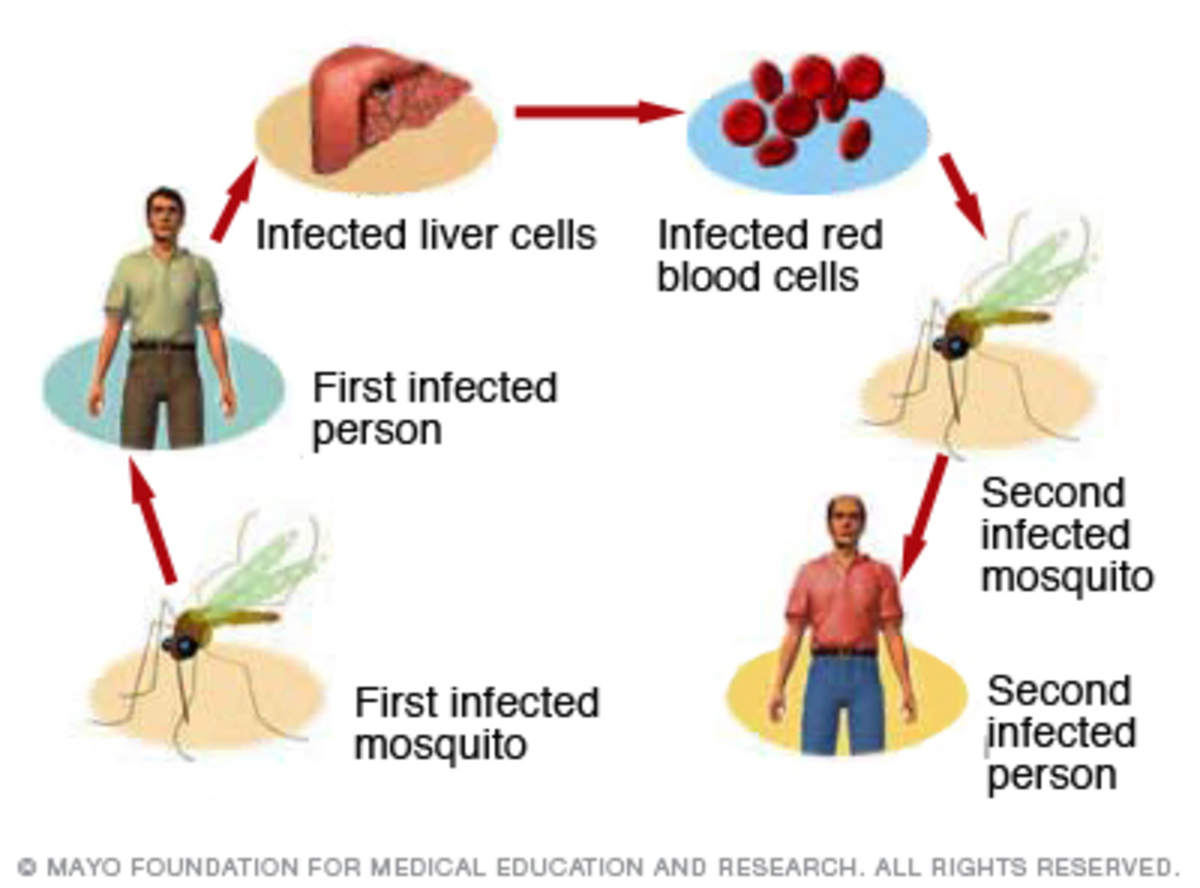 A little later, in 1887, British Army physician David Bruce isolated the brucellosis pathogen from the spleen of five English soldiers who died of a fever. Initially, it was named the Maltese micrococcus, and later renamed in honor of the discoverer scientist in brucella.
A little later, in 1887, British Army physician David Bruce isolated the brucellosis pathogen from the spleen of five English soldiers who died of a fever. Initially, it was named the Maltese micrococcus, and later renamed in honor of the discoverer scientist in brucella.
The connection of the disease with animals was finally established in the course of research by D. Bruce and other scientists already at the beginning of the 20th century. By this time, three types of Brucella had been isolated. Currently, six types of the causative agent of brucellosis are known, four of which are extremely dangerous for humans.
Features of the causative agent of brucellosis
Microorganisms of the genus Brucella are gram-negative bacteria that are resistant to low temperatures, but do not “like” high temperatures at all: when boiled, brucella dies instantly, and when heated to 60 degrees Celsius – within half an hour. Serious enemies of bacteria are direct sunlight and disinfectants.
Despite their apparent vulnerability, bacteria have qualities that allow them to parasitize the body for a long time, depleting it. One of these qualities is the ability to transform into specific L- and S-forms under the influence of antibiotics and immune cells. This feature leads to a chronic process with the subsequent development of complications.
Brucella secrete substances that inhibit the activity of macrophages (cells-“defenders” that are involved in the capture and destruction of pathogenic microorganisms). This creates conditions for parasitizing Brucella inside the cells of the immune system. Endotoxin, released during the death and destruction of these bacteria, causes severe intoxication of the body and leads to metabolic disorders in it.
How do you get brucellosis?
The main distributors of brucellosis are goats, sheep, pigs, cows, although all types of domestic animals and birds are susceptible to the disease. Usually, infection occurs when eating dairy products and meat that have not undergone sufficient heat treatment.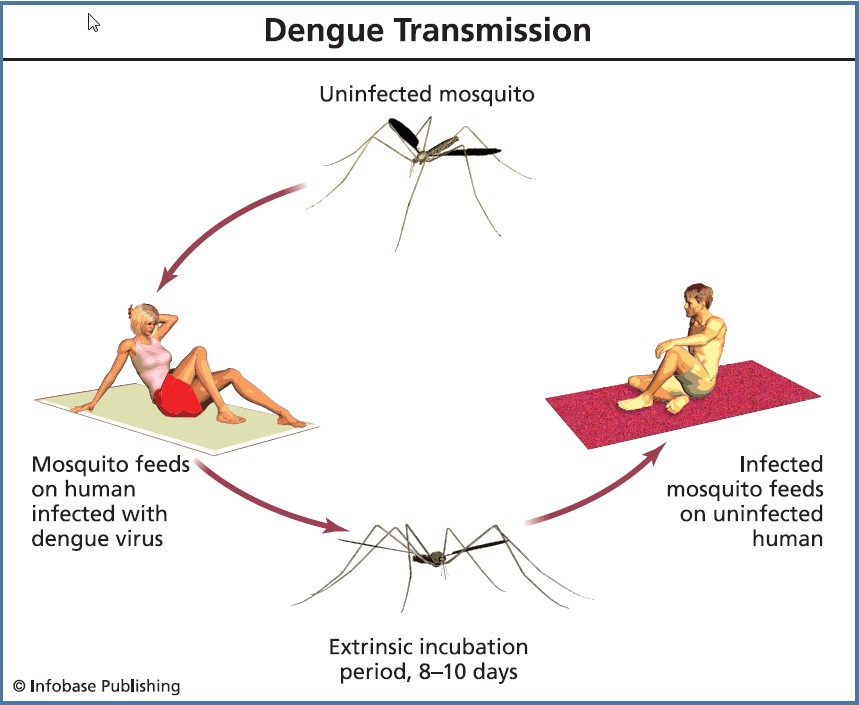
The contact route of penetration of the pathogen into the human body through damaged skin or mucous membranes is not excluded – when interacting with the hair, bedding, food and water of an infected animal. This explains the high incidence of brucellosis among livestock workers (milkmaids, shepherds, veterinarians, livestock specialists) and people involved in the processing of livestock products.
Brucellosis can also be contracted by aerogenic means, if you comb out the hair from a sick animal or cut it.
A sick person does not pose a danger to others. The exception is infection of the fetus from an infected mother.
After pathogens enter the body, they are captured by macrophages, multiply in them and penetrate into the lymph nodes. From there, the bacteria spread throughout the body through the blood and lymph.
Symptoms of brucellosis
It is possible to assume the presence of the disease by a set of complaints such as excruciating pain in the joints (mainly in the legs) against the background of increased sweating, severe weakness, as well as wave-like fever (with a sharp rise and fall in body temperature).
The spread of the causative agent of brucellosis throughout the body causes systemic damage to almost all organs. Patients have pathologies of the musculoskeletal system in the form of monoarthritis, polyarthritis, osteomyelitis, myalgia. There are inflammatory processes in the heart, lungs, genitourinary system. The defeat of the central nervous system in brucellosis is expressed in the form of meningitis, encephalitis, abscesses in the brain, atrophy of the optic nerve.
Brucellosis is also characterized by lymphadenitis (inflammation of the lymph nodes) and splenomegaly (enlarged spleen).
Diagnosis of brucellosis
Collection of complaints and anamnesis, examination is the first stage in the diagnosis of the infectious process. It is important to obtain information about whether the patient belongs to a risk group.
Isolation of bacteria is required to confirm the diagnosis. This is possible when a person has a blood test for brucellosis. The reaction of Coombs, Wright, RSK (complement fixation reaction), PCR diagnostics – these research methods make it possible to identify all forms of bacteria.
The reaction of Coombs, Wright, RSK (complement fixation reaction), PCR diagnostics – these research methods make it possible to identify all forms of bacteria.
One of the easiest ways to diagnose an infection is the Berne skin test.
How and where is brucellosis treated?
The treatment of brucellosis consists of the following basic principles:
- measures aimed at combating the pathogen;
- elimination of pain syndrome;
- combating complications;
- rehabilitation.
Self-treatment for brucellosis is unacceptable. In the acute phase of the infectious process and with the development of complications, inpatient treatment is necessary. The selection of antibacterial and antiallergic drugs, physiotherapeutic procedures is carried out by the attending physician, depending on the phase and severity of the process, as well as the existing complications.
How to prevent infection with brucellosis?
To prevent infection, doctors recommend following a few simple principles:
- follow the rules of personal hygiene, especially when it comes to contact with domestic and farm animals;
- thoroughly wash and cook animal products;
- do not ignore the symptoms that appear and seek medical attention immediately.


